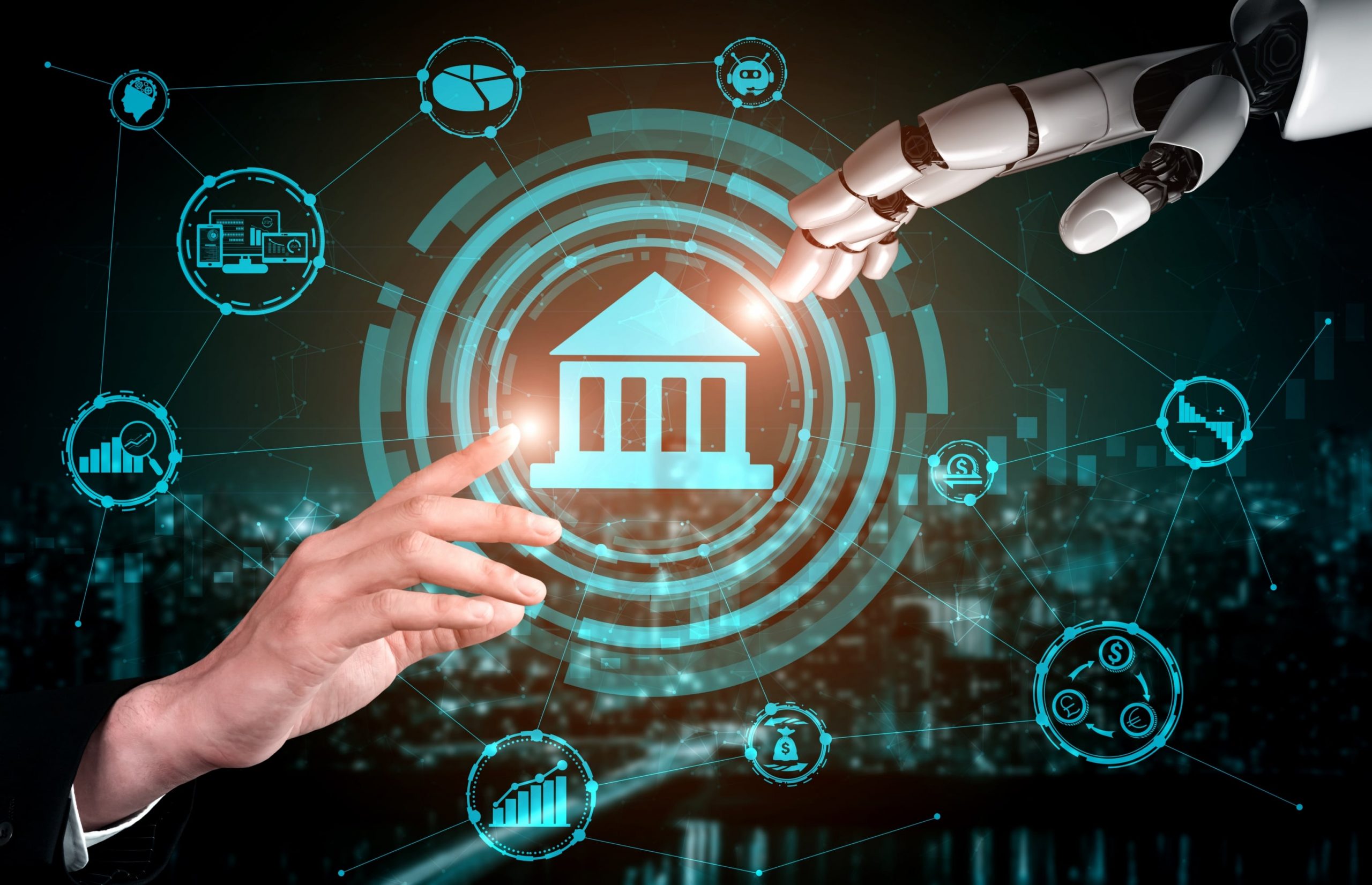
In an era where technological breakthroughs have become synonymous with everyday reality, generative artificial intelligence (AI) is emerging as a beacon of transformative power. The ability to create, extrapolate, and innovate depends not only on human ingenuity but also on the digital structure of the models created. From abstract lines in painting to complex financial decisions, generative AI is changing the face of many disciplines. This article explains in detail what generative artificial intelligence is, why it is important, and how to use generative AI consulting services to develop future solutions. Organizations looking to adopt tailored generative AI solutions at scale often partner with firms specializing in generative ai consulting, gaining access to deep technical expertise, implementation frameworks, and scalable architecture that align with business needs.
Understanding Generative AI
At its core, generative AI refers to a subset of artificial intelligence designed to create new content. Learning and understanding patterns can mimic and even creativity and decision-making ability.
Types of Generative AI models
- Generative Adversarial Networks (GANs): GANs consist of two parts: the generator, which creates images, and the discriminator, which evaluates them. Together, they refine the output to sometimes indistinguishable levels from genuine items.
- Variational Autoencoders (VAEs): VAEs are adept at generating complex data like music or speech by altering input data into a different, more manageable form before reconstructing it back.
- Transformers: These models, best exemplified by GPT-3, can predict and generate sequences of text with remarkable coherence.
Historical Development and Milestones
The chronicle of Generative AI is studded with breakthroughs. Notably, the inception of GANs in 2014 marked a turning point, followed by further milestones like Google’s DeepDream and OpenAI’s GPT series, which continue to redefine what’s possible. Companies like Alltegrio are now leveraging these advancements to create innovative solutions that push the boundaries of technology.
Applications of Generative AI
Creative Industries
- Art: AI algorithms have been painting pictures that have sold for substantial sums at prestigious auction houses.
- Music: AI-driven services can now compose music customized to mood and genre preferences.
- Writing: Generative AI assists writers by suggesting the next lines of text or generating whole articles.
Healthcare
- Drug Discovery: Generative models speed up the creation of new molecules, potentially shortening the drug development cycle considerably.
- Medical Imaging: They also enhance the clarity of images or create accurate simulations for training purposes.
Finance
- Fraud Detection: AI models can learn and identify patterns indicative of fraudulent activities more efficiently than any human.
- Market Analysis: Generative AI assists analysts by modeling complex scenarios and forecasting market trends.
Technology
- Software Development: From generating code snippets to debugging, AI is becoming a supportive colleague for developers.
- Automated Content Creation: Generative AI is used to produce unique content, from news articles to social media posts.
Case Studies
Let’s now anchor our attention to real-world success stories. Companies like NVIDIA have harnessed GANs for their astonishing graphics, while startups like Atomwise apply AI for drug discovery with noteworthy success. These case studies not only embody technical feats but also highlight the tangible benefits and challenges faced during their journeys.
Challenges and Ethical Considerations
Technical Challenges
Generative AI wrestles with issues such as ensuring data quality and enhancing the robustness of models to prevent errors that could have significant repercussions.
Ethical Issues
The ethical aspects cannot be overstated. Concerns range from embedding biases in AI systems to inadvertently generating and spreading fake content or misinformation.
Regulatory and Societal Implications
As society adopts these technologies, questions of regulation and societal impact take center stage. How do we ensure compliance with ethical norms? Who is responsible if an AI-generated solution results in harm?




